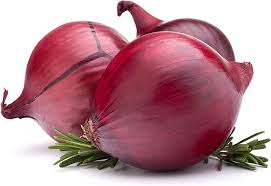
Are you in need of in-depth knowledge on onion and garlic production? If yes, we are a call away. Contact...

Are you in need of in-depth knowledge on onion and garlic production? If yes, we are a call away. Contact...
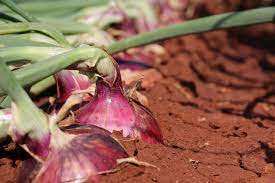
Are you in need of in-depth knowledge on onion and garlic production? If yes, we are a call away. Contact...
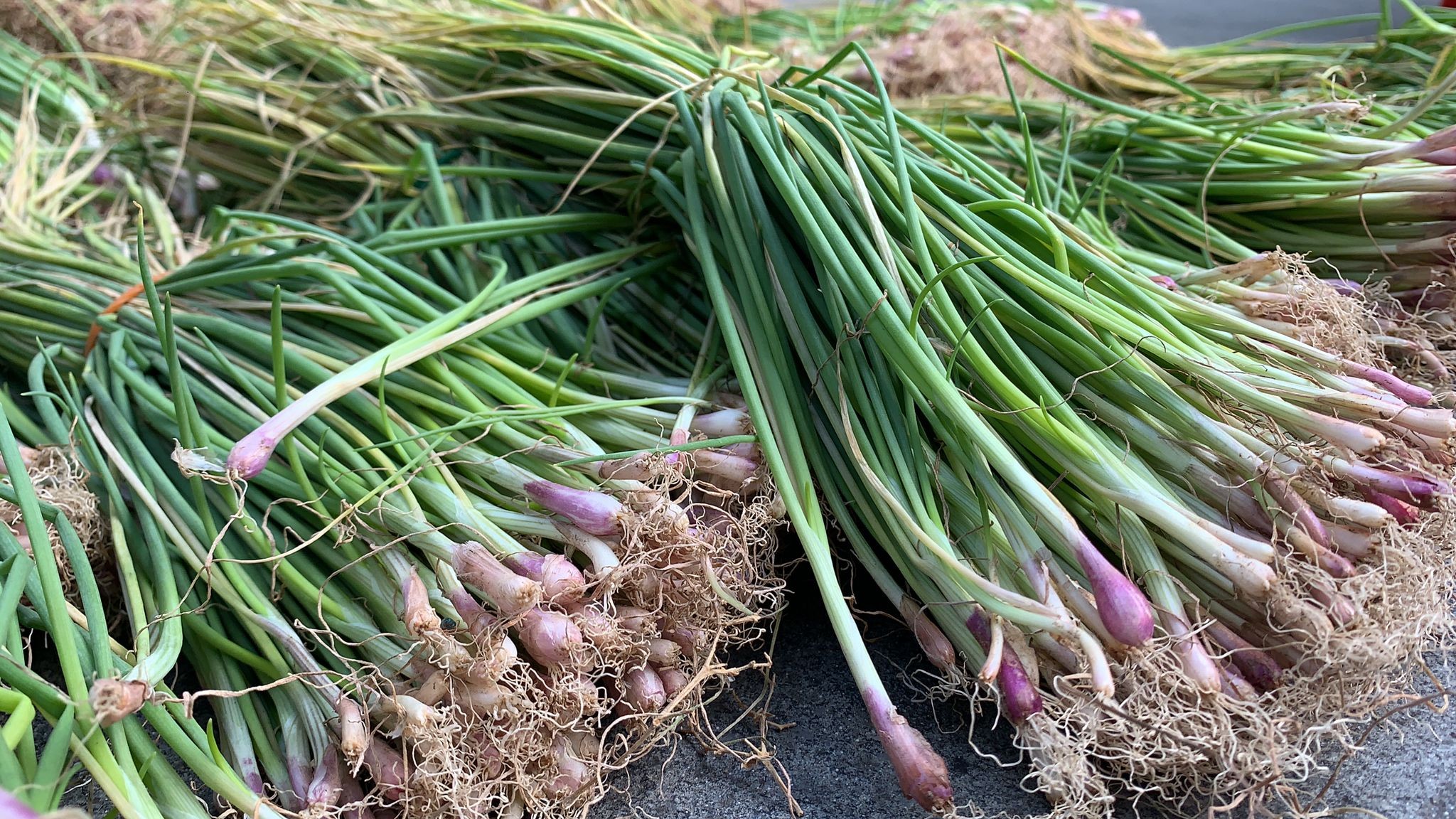
Are you in need of in-depth knowledge on onion and garlic production? If yes, we are a call away. Contact...
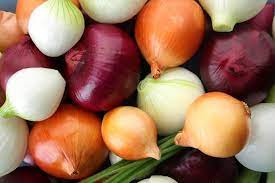
Are you in need of in-depth knowledge on onion and garlic production? If yes, we are a call away. Our...
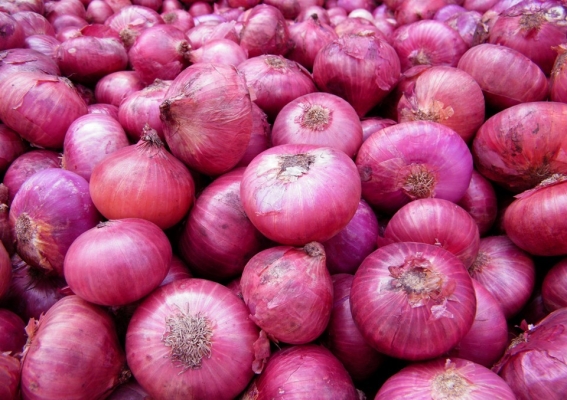
Are you in need of in-depth knowledge on onion and garlic production? If yes, we are a call away. Contact...
Are you in need of in-depth knowledge on onion and garlic production? If yes, we are a call away. Contact...
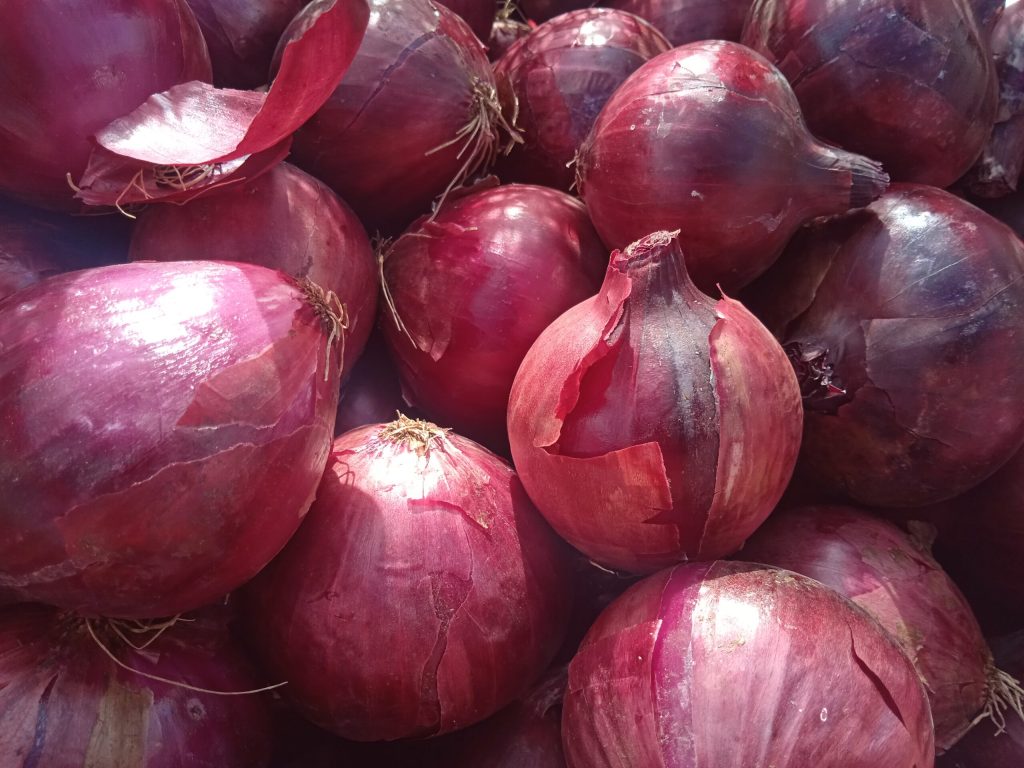
Are you in need of in-depth knowledge on onion and garlic production? If yes, we are a call away. Contact...
Are you in need of in-depth knowledge on onion and garlic production? If yes, we are a call away. Contact...
Are you in need of in-depth knowledge on onion and garlic production? If yes, we are a call away. Contact...
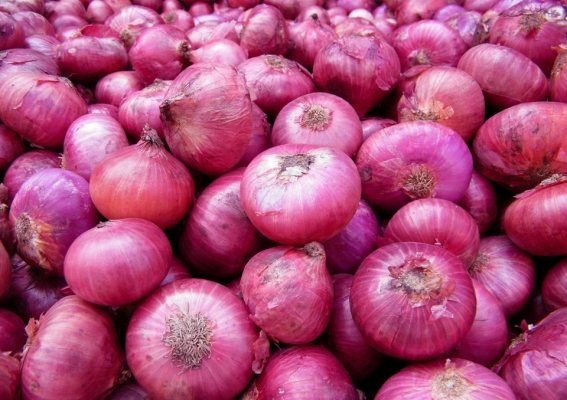
Are you in need of in-depth knowledge on onion and garlic production? If yes, we are a call away. Contact...
123 Fifth Avenue, NY 10160, New York, USA | Phone: 800-123-456 | Email: mountainadventure@info.com
© 2023 Created with Royal Elementor Addons